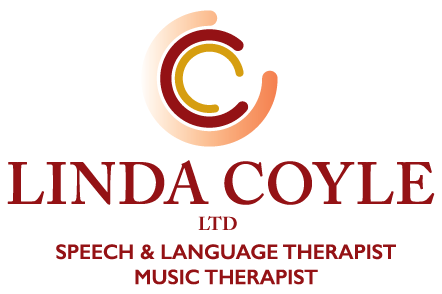“Our trampoline blew away….but we found it….” 
“Well, our play house didn’t blow away….it’s very strong!”
were some of the stories that came back from our son’s first day at school following Storm Darwin on 12th February 2014. These stories were still vivid in the children’s minds, even though power cuts had meant that it was five days before the kids were able to get back to school. Being able tell your own story is so important, and it is the starting point from where children learn to tell other stories…be it things that have happened to others, recounting a story from a book, or explaining how to carry out a task. Below I will highlight some skills that are needed for good story telling, or what are more broadly called narrative skills.
A key starting point, is that a story will be easier to recall if it has been experienced, so if an event, a story or an explanation is beyond the child’s experience, it will be harder for a child to understand, and/or recall the event.
Language needs to be put on it. Even though a child can communicate basic needs or talk about events in pictures, retelling an event places demands on a range of language and related skills, including vocabulary, word-finding skills, and sequencing.
Does the child know the vocabulary relating to the story? Does the child know the words, but have word-finding difficulties? This is where you know the name of something but can’t recall it, such as seeing someone and not being able to remember their name.
The ideas need to be recalled in a logical sequence. Does the child find this hard? Consider supporting the story with something visual. This can be as simple as using your fingers for each part of the story, or using blocks or pieces of coloured card to represent each step. An object or a photo can be a useful visual tool. With camera phones often within easy reach, we have a quick way to capture shots of each part of a story or event as they occur.
Even with these language skills in place, it can still sometimes be hard to follow a child’s story or explanation, particularly if the ideas are coming from a vivid imagination. The thing about stories and explanations, is that they are not a direct transaction from the speaker to the listener, but they are constructed together. Therefore, navigating a shared understanding, and dealing with, or preventing, communication breakdown is the responsibility of both parties.
A recent example of this is from one of my clients with fluency difficulties. He came to the session with a picture he had drawn, ‘Look at the super hero cave.’ I looked at it, and it appeared to be an abstract drawing with shapes and squiggles. “That looks interesting…” I said, planning to move on to our first activity…but no, there was a story to this picture which he wanted to share. It involved a very complicated explanation of a diagram which he had constructed which included trap doors, keys…I was lost, because, firstly the topic wasn’t particularly interesting to me, and secondly, …well….I was lost! At the same time, I could see that this was a very important idea which he wanted to discuss with me, so I applied a number of skills:
- Established the topic, “So this is about a….
- Clarified what he was talking about, “So this is a key?”
- Requested more information, “So, what happens if I go here?”
- Clarified again that I had understood, “Oh OK, so this is the only way in to the cave…”
Now, those more visually orientated and/or technically minded than me may have understood the picture at a glance, or with a brief description… Instead, I needed to work hard to understand this idea…This took time, openness to understand some new ideas, and effort, but the result was he felt listened to….and I now know how to keep super heros safe…Until the next time….
P.S. In case you were wondering, he was pretty fluent throughout this discussion, perhaps the visual cue of the picture helped?
Article featured in March 2014 edition of Connected Communication Newsletter


